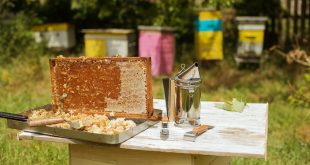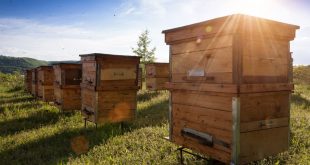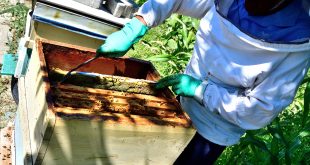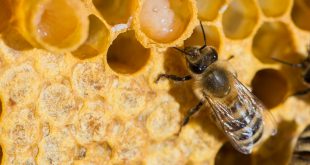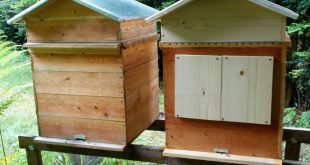Explore the ethical and environmental aspects of honey harvesting with our thought-provoking article. It addresses a common concern: Is harvesting honey harmful to bees? This piece provides a balanced view, discussing how responsible beekeeping practices can ensure that honey is harvested without negatively impacting bee colonies. Learn about sustainable harvesting techniques that prioritize the well-being of bees, contributing to both their health and the ecosystem.
Read More »Beehive Boxes: For Expansion or Standalone
With many readily available beehive boxes available in the market, narrow down your choice by checking out the best of the best discussed in the article.
Read More »Maintaining Hygiene in the Beehive
Maintain the health and productivity of your beehives with our essential guide on hive hygiene. Our article provides vital tips and practices for keeping your hives clean and disease-free. This is a must-read for beekeepers who aim to ensure a thriving environment for their bees, focusing on cleanliness and preventive care to ward off potential issues.
Read More »How to Harvest Royal Jelly – Beginner’s Guide
Step into the fascinating world of royal jelly production with our beginner's guide to harvesting royal jelly. This comprehensive article is perfect for beekeepers curious about this highly nutritious bee secretion. Learn the intricacies of harvesting royal jelly from your hives, including the preparation, tools, and techniques needed to do it effectively and safely. The guide also touches on the benefits of royal jelly and how to properly store this valuable product to preserve its quality.
Read More »Introduction to the Perone Beehive
Explore the Perone Beehive, a hive design promoting natural beekeeping, with our detailed article. This hive is perfect for beekeepers who prefer minimal intervention, emulating bees' natural living conditions. Learn about the Perone Beehive's structure, benefits, and how it aligns with the principles of sustainable and ethical beekeeping.
Read More » BeeKeepClub Resources and Guides for Beekeepers
BeeKeepClub Resources and Guides for Beekeepers

